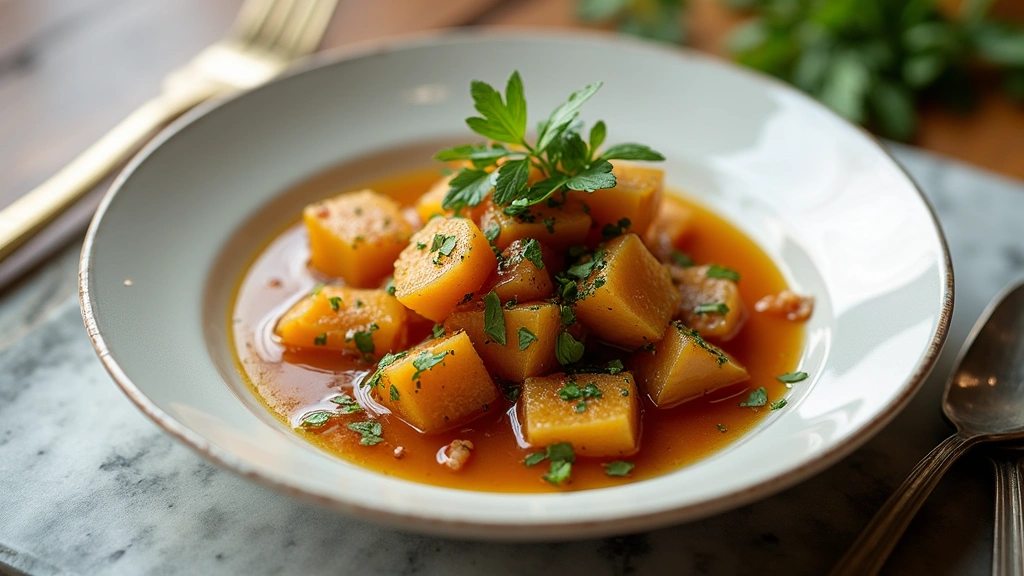Bone broth and ferments are timeless staples in many cultures, revered for their health benefits and comforting flavors.
This soothing duo not only warms the soul but also nourishes the gut, making it a perfect remedy for digestive issues.
I first experimented with these recipes during a particularly chilly winter, seeking comfort and wellness in every spoonful.
Whether you’re looking to enhance your culinary repertoire or simply improve your gut health, these recipes are a must-try.
The History and Cultural Significance
• Bone broth traces its origins to ancient civilizations, utilized for its nutritional properties and ability to soothe ailments.
• Over centuries, the technique of slow-cooking bones has evolved, with various cultures adding local flavors to create unique variations.
• In many cultures, bone broth is traditionally consumed during colder months or when someone is unwell, symbolizing care and nourishment.
• Fermented foods have been integral to diets worldwide, celebrated for their preservation techniques and probiotic benefits that promote gut health.
Recipe Overview
Nutritional Information (per serving)
Essential Equipment Guide
Large Stock Pot: A durable stock pot is essential for simmering bones over long periods. Look for one made of stainless steel or enamel-coated cast iron that can withstand high temperatures and has a tight-fitting lid to lock in moisture.
Fine Mesh Strainer: This tool is crucial for straining out solids from the broth, ensuring a smooth consistency. A good quality stainless steel strainer will allow for fine filtration without leaving behind any impurities.
Fermentation Jar: When making ferments, a dedicated fermentation jar helps control the environment and prevent contamination. Look for jars with airlocks or weights to ensure proper fermentation without exposure to oxygen.
Key Ingredients Explained
For Bone Broth:
• 2 lbs beef bones, roasted – Choosing high-quality, grass-fed beef bones ensures a richer flavor and more nutrients in your broth. Look for bones with marrow and connective tissue, as these will provide gelatin and collagen that are beneficial for gut health.
• 1 onion, quartered – A good onion adds depth to the broth. Opt for yellow or white onions for a sweeter flavor.
For Ferments:
• 1 medium head of cabbage, shredded – Fresh, organic cabbage contains natural sugars that facilitate fermentation. Avoid wilted or damaged leaves to ensure a successful ferment.
• 1 tbsp sea salt – Using unrefined sea salt allows for better mineral content and flavor. Choose a coarse grain for optimal dissolving in the ferment.
Preparation Methods
Roasting Bones: Roasting bones before simmering enhances the flavor of the broth. It caramelizes the sugars and proteins, resulting in a deeper, richer taste. Make sure the bones are evenly browned and fragrant before transferring them to the pot.
Fermentation: This process relies on the natural bacteria present on vegetables to create probiotics. It’s important to keep vegetables submerged in their brine to prevent spoilage. Use weights if necessary and ensure the jars are stored in a cool, dark place during fermentation.
Skimming Fat: During the broth-making process, fat will rise to the surface. Skimming this off ensures a cleaner broth and prevents a greasy texture. Use a ladle or spoon to gently remove the layer of fat without disturbing the broth below.
Step 1: Prepare Ingredients

Gather all ingredients needed for both the bone broth and ferments.
This includes beef bones, onions, cabbage, and sea salt.
Make sure everything is fresh and of high quality for the best results.
Chop the onions and shred the cabbage to prepare for cooking.
Step 2: Roast the Bones
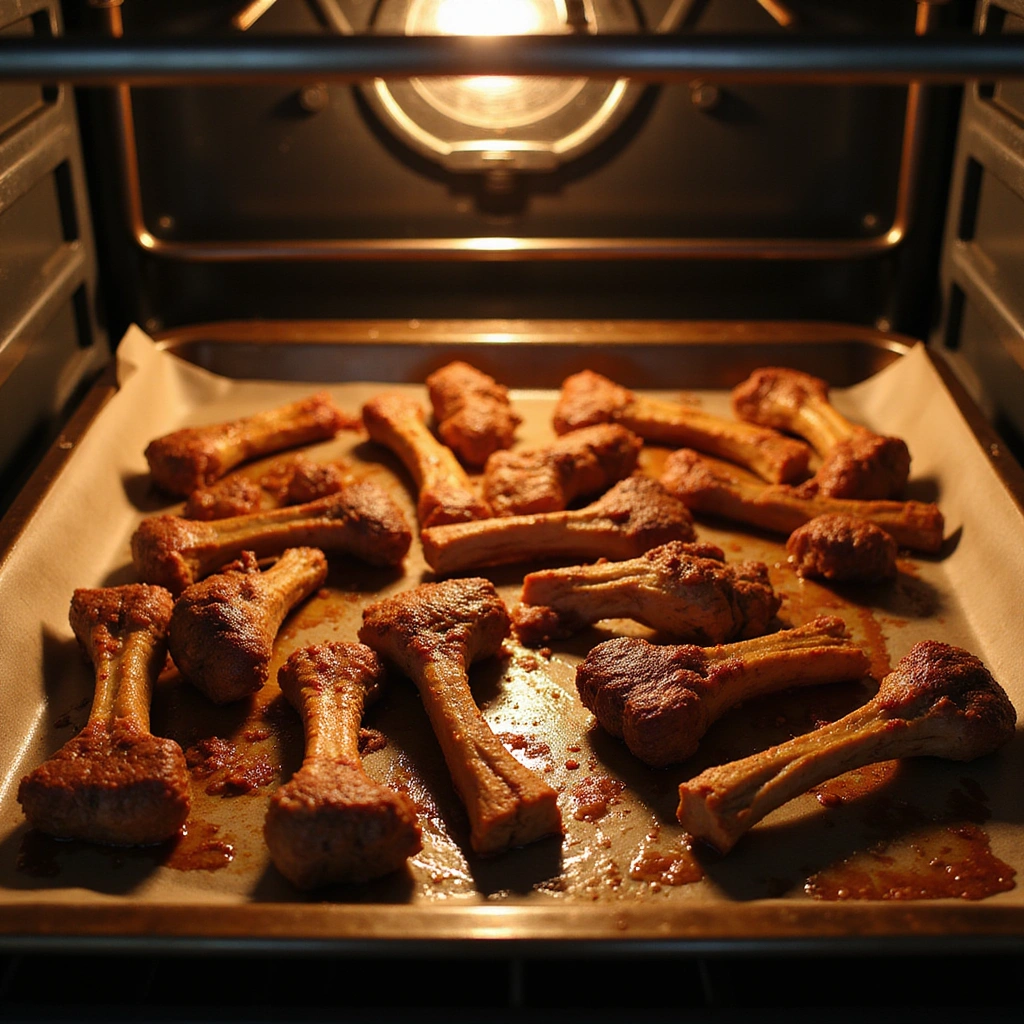
Preheat your oven to 400°F (200°C).
Place the beef bones on a baking sheet in a single layer.
Roast them for about 30-40 minutes, or until they are browned and fragrant.
This step enhances the flavor and richness of your broth.
Step 3: Combine Ingredients in Stock Pot
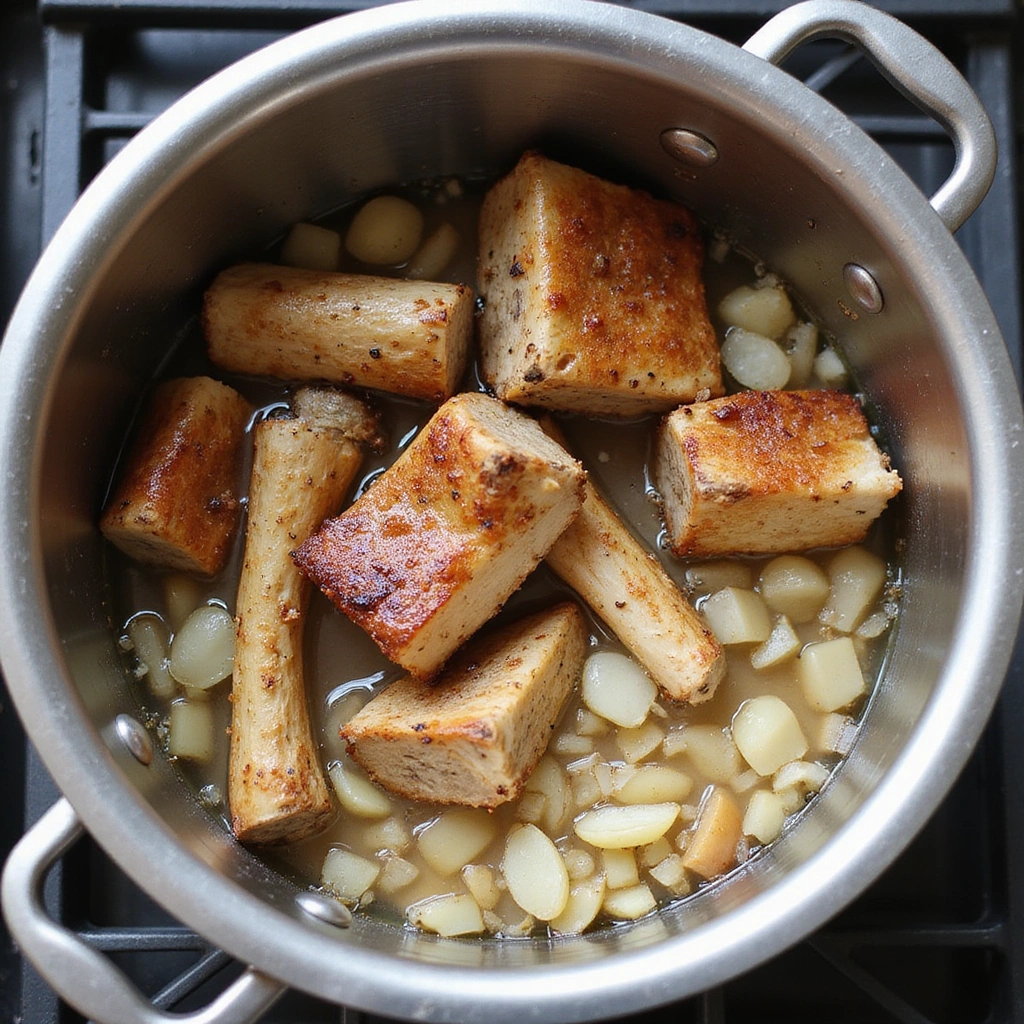
In a large stock pot, combine the roasted bones, quartered onions, and enough water to cover everything.
Add a tablespoon of apple cider vinegar to help extract nutrients from the bones.
The vinegar will enhance the flavor and health benefits of your broth.
Make sure the pot is large enough to prevent overflow during cooking.
Step 4: Simmer the Broth
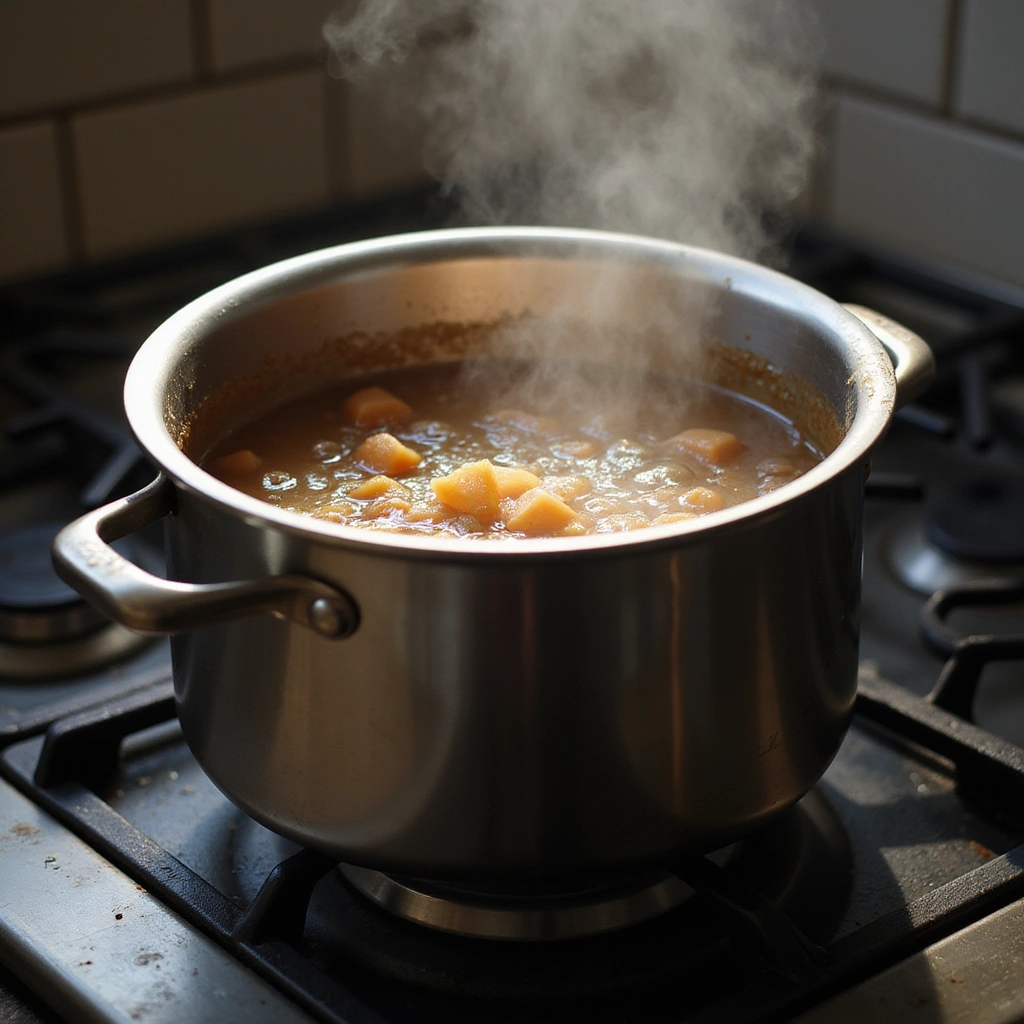
Bring the mixture to a boil over medium-high heat.
Once boiling, reduce the heat to low and let it simmer for 24 hours.
This prolonged cooking time allows the bones to release their nutrients and flavors.
Make sure to occasionally check the pot and add water if the level drops too low.
Step 5: Strain the Broth
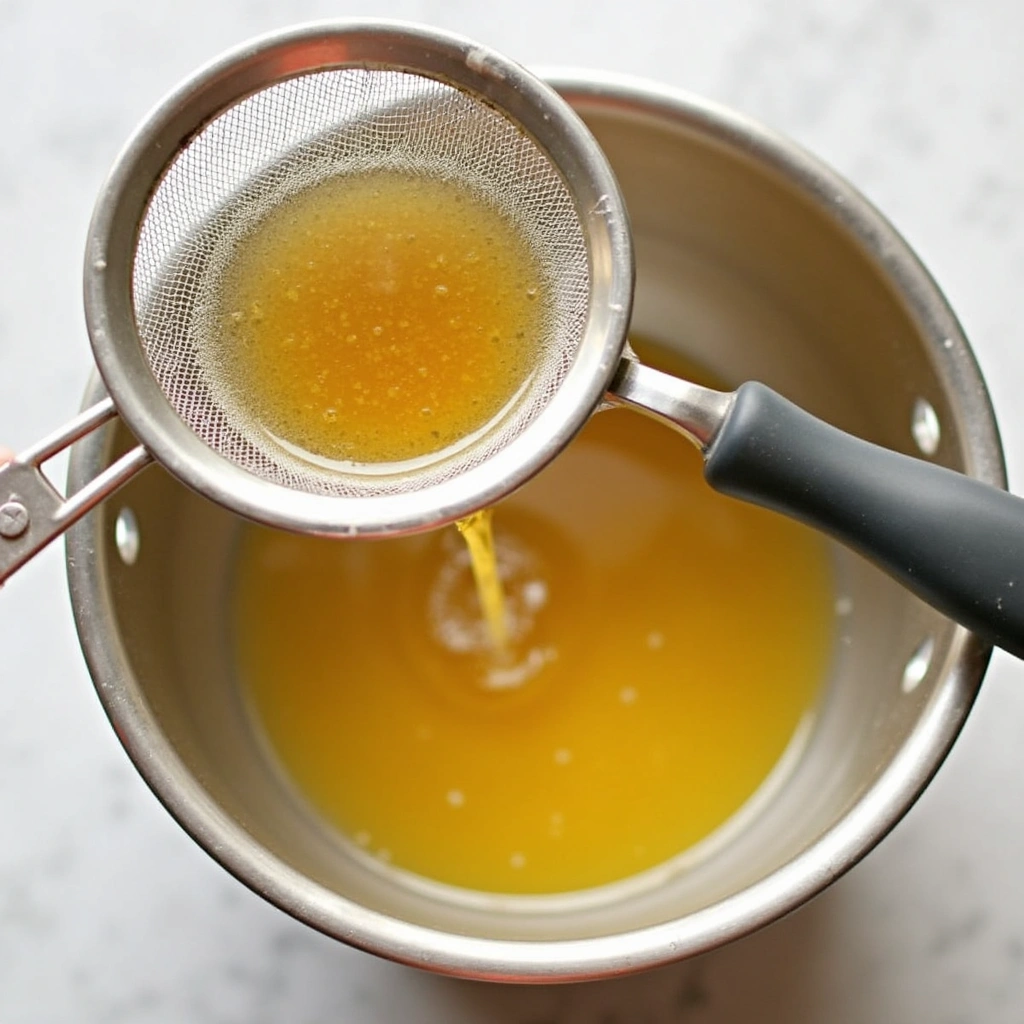
After 24 hours, carefully strain the broth using a fine mesh strainer.
Discard the solids, including bones and onions, while retaining the liquid.
Let the broth cool slightly before transferring it to storage containers.
This ensures a smooth, clear broth free of any unwanted bits.
Step 6: Prepare the Ferment
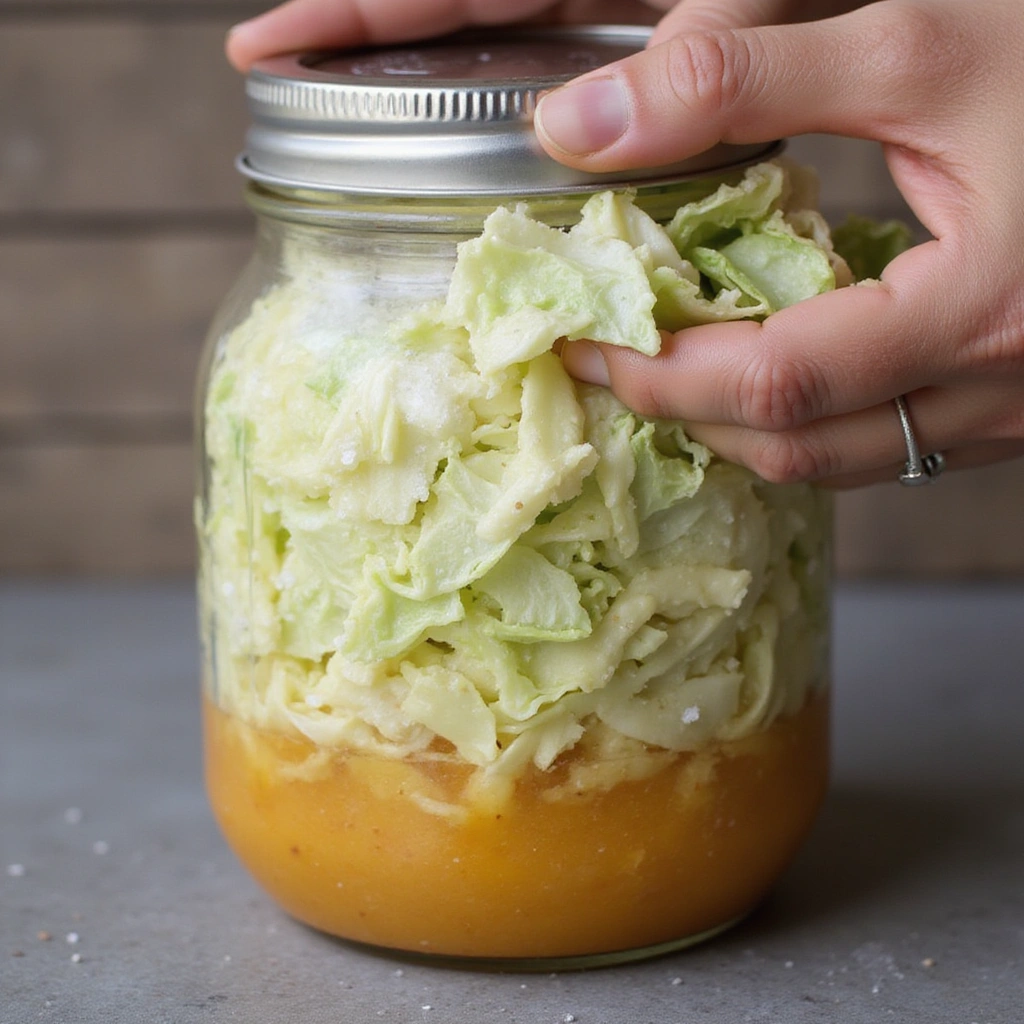
In a clean fermentation jar, add the shredded cabbage and sprinkle with sea salt.
Massage the cabbage to release its juices, which will create the brine for fermentation.
Pack the cabbage tightly into the jar, leaving some space at the top for expansion.
This ensures that the cabbage is submerged during fermentation.
Step 7: Ferment the Cabbage
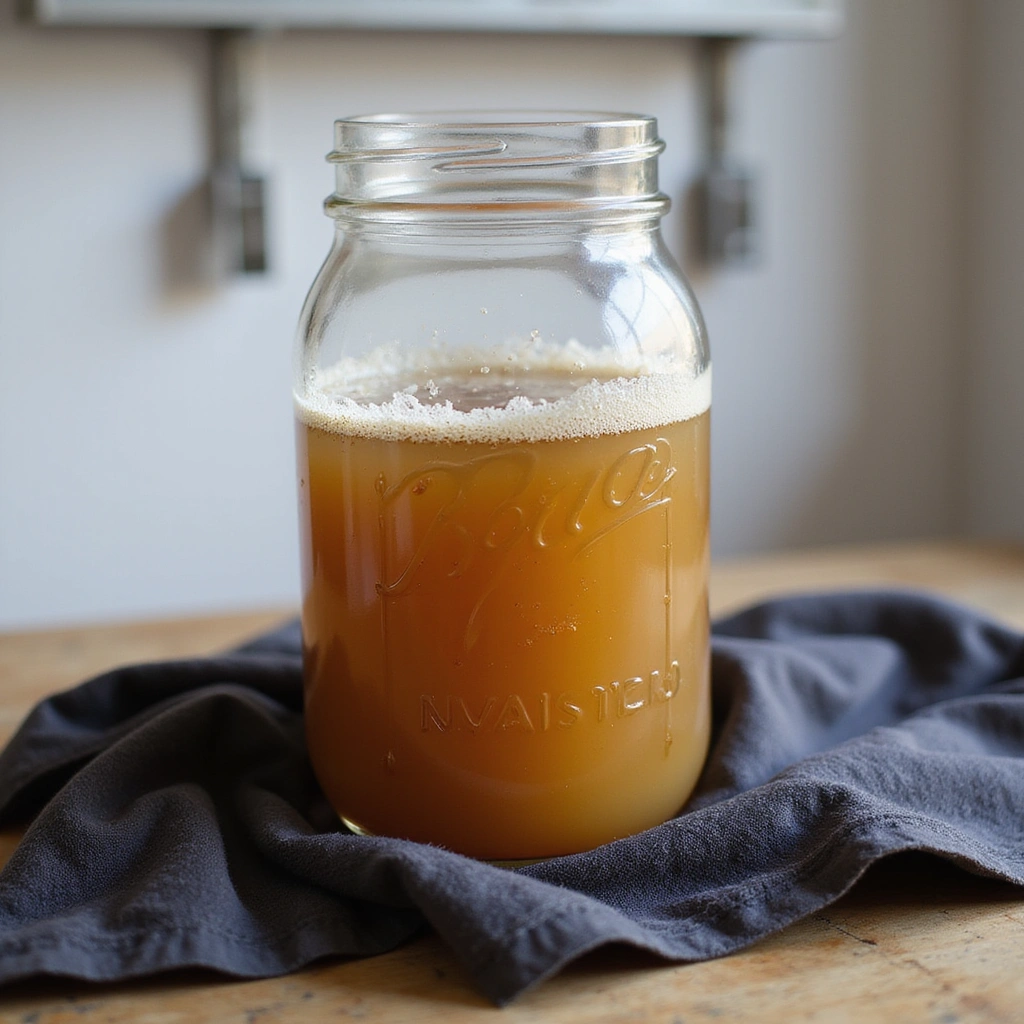
Seal the jar with a lid or use an airlock system to allow gases to escape.
Place the jar in a cool, dark area for 1-4 weeks, depending on your taste preference.
Check the cabbage periodically to ensure it is submerged in brine and adjust as necessary.
The longer it ferments, the tangier the flavor will become.
Step 8: Store and Use Broth
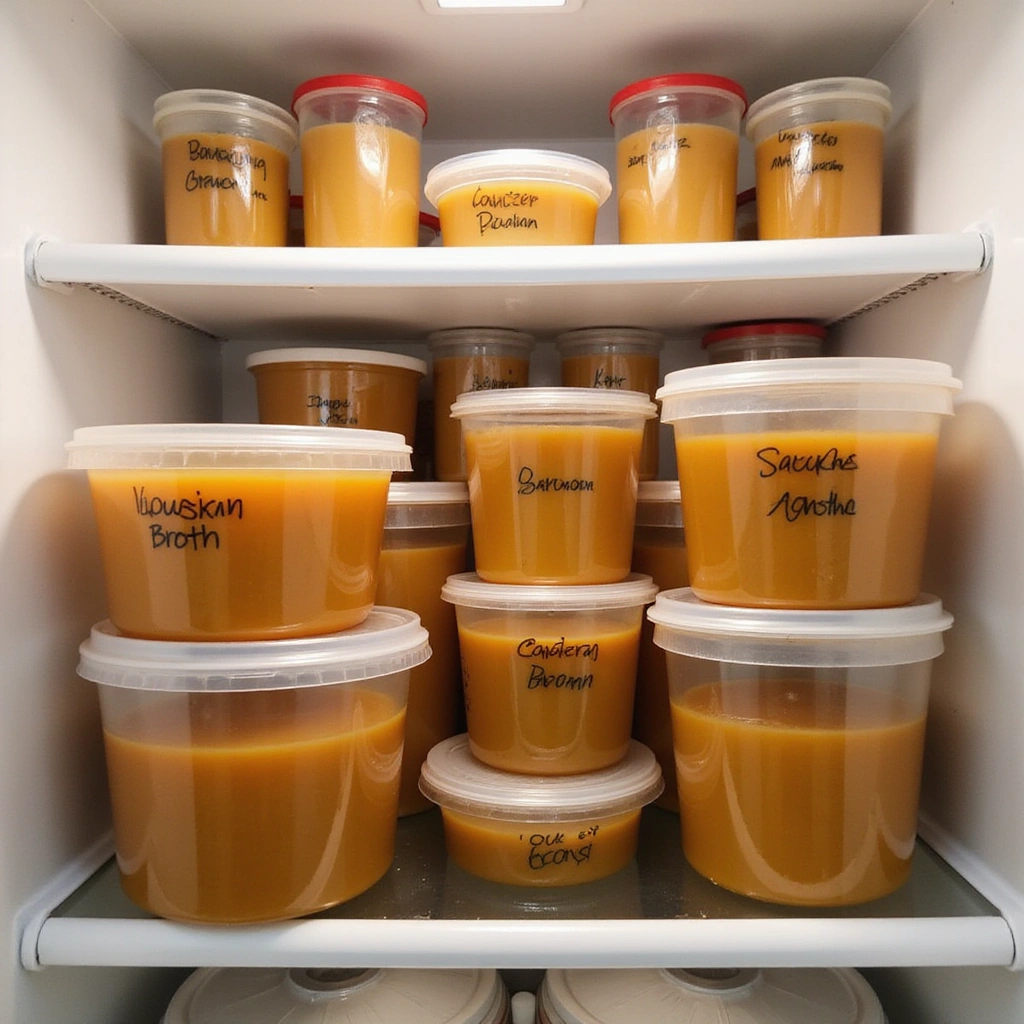
Once cooled, transfer the broth into airtight containers for storage in the refrigerator or freezer.
It can be stored in the fridge for up to a week or frozen for several months.
Use it as a base for soups, stews, or simply sip it as a nourishing drink.
This versatile broth is a great addition to many meals.
Critical Timing and Temperature Guide
Simmering Broth: Maintain a gentle simmer for at least 24 hours. Look for small bubbles rising periodically, indicating the broth is cooking properly. Avoid boiling it vigorously, which can lead to cloudy broth.
Fermentation Time: Allow the cabbage to ferment for 1-4 weeks. Taste periodically to check for desired tanginess. If it smells off or shows signs of mold, discard immediately.
Cooling Broth: Let the broth cool to room temperature before refrigerating or freezing. Rapid cooling can cause condensation and spoilage in storage.
Pro Tips for Soothing Gut Healing Recipes
• Ingredient Selection: Opt for high-quality, organic bones and vegetables, as they significantly impact the flavor and health benefits of the broth.
• Preparation Secret: Roasting the bones is often overlooked but makes a profound difference in the depth of flavor in your broth.
• Temperature Management: Keeping a consistent low temperature during simmering ensures a clear and flavorful broth without cloudiness.
• Texture Enhancement: For a richer texture, consider adding a few chicken feet to the broth, which are packed with collagen.
• Flavor Layering: Experiment with adding herbs like thyme or bay leaves to the broth for additional flavor complexity.
• Make-Ahead Strategies: Prepare large batches of broth and freeze in ice cube trays for easy use in recipes.
• Restaurant-Quality Finishing Touches: Garnish your broth with fresh herbs or a squeeze of lemon just before serving for a bright finish.
• Equipment Optimization: Use a slow cooker for hands-free broth making, allowing for easy simmering without constant supervision.
Troubleshooting Common Issues
• Broth Too Greasy: This can occur if too much fat is left in the broth. Skim off excess fat after cooking and before storing. Use a ladle to gently remove the layer of fat from the surface for a cleaner broth.
• Ferment Tastes Off: If your ferment has an unpleasant smell or taste, it might be due to insufficient salt or improper sealing. Ensure the cabbage is submerged and try adjusting the salt ratio in future batches.
• Broth Lacks Flavor: This can happen if the bones weren’t roasted long enough or if the simmering time was too short. Always roast bones to a deep color and aim for a full 24 hours of simmering for maximum flavor extraction.
• Cabbage Not Fermenting: If your cabbage isn’t bubbling, it may need more salt or a warmer environment. Try moving the jar to a slightly warmer area and ensure the cabbage is well packed.
• Broth Cloudy: Cloudiness often results from boiling the broth too vigorously. Maintain a gentle simmer for a clearer result. Skimming fat and impurities can also help clarity.
• Insufficient Gelatin: Gelatin is released from bones during long cooking. If your broth doesn’t gel upon cooling, ensure you’re using bones with connective tissue, such as knuckles or feet.
Variations and Regional Differences
• French Bouillon: This version incorporates a mirepoix of carrots, onions, and celery to enhance flavor, often served as a soup base.
• Korean Bone Broth (Seolleongtang): This variation uses ox bones and is simmered for several hours, resulting in a milky, rich broth enjoyed with rice and kimchi.
• Japanese Ramen Broth: Characterized by its umami depth, this includes ingredients like kombu and bonito flakes, offering a distinct flavor profile.
• Modern Adaptations: Contemporary twists on traditional recipes include adding superfoods like turmeric or ginger for added health benefits.
Food Science Behind the Recipe
• Gelatinization: The slow cooking process releases collagen from bones, turning into gelatin, which thickens the broth and provides health benefits for joints and gut health.
• Fermentation Science: Natural bacteria ferment the sugars in cabbage, creating probiotics that aid digestion. Understanding temperature and time is key to successful fermentation.
• Flavor Development: The Maillard reaction occurs when roasting bones, contributing to the depth of flavor in the broth. This chemical reaction enhances the overall taste experience.
Frequently Asked Questions
What’s the most common mistake people make when preparing bone broth? The most frequent error is not roasting the bones before simmering, which significantly enhances flavor. Always roast until browned for best results.
Can I prepare components of this dish in advance? Yes, you can roast bones and chop vegetables in advance, storing them in the fridge until you’re ready to make broth.
How do I adapt this recipe for dietary restrictions? For gluten-free diets, ensure any added sauces or seasonings are gluten-free. You can also substitute vinegar with lemon juice for a different flavor.
What’s the best way to store and reheat leftovers? Store bone broth in airtight containers in the fridge for up to a week or freeze for long-term storage. Reheat on the stove over low heat for even warming.
Can I freeze this dish? Yes, bone broth freezes very well. Allow it to cool completely, then pour it into freezer-safe containers, leaving some space for expansion.
What wine or beverages pair best with this dish? A light white wine, such as Sauvignon Blanc, complements the flavors of the broth and ferments beautifully.
How can I scale this recipe up for a crowd? Simply multiply the ingredients proportionally, ensuring you have a sufficiently large pot to accommodate the volume.
What side dishes complement this recipe best? Side dishes like crusty bread, a fresh salad, or pickled vegetables pair wonderfully with bone broth and ferments.
How do professional chefs elevate this dish for restaurant service? Chefs often enhance broth with gourmet garnishes, such as microgreens or truffle oil, for a refined presentation.
Serving and Presentation Guide
• Traditional Presentation: Serve bone broth in rustic bowls garnished with fresh herbs, perhaps with a side of crusty bread for dipping.
• Modern Plating Ideas: Use clear glass mugs for broth to showcase its rich color, garnished with fresh microgreens or edible flowers for a contemporary touch.
• Accompaniment Suggestions: Serve with a selection of fermented vegetables or a fresh salad to enhance the health benefits of your meal.
• Special Occasion Presentation: For formal dining, serve in elegant china with a drizzle of high-quality olive oil on top for a luxurious finish.
Conclusion
I hope you find joy in making and enjoying these soothing gut healing recipes.
They not only nourish the body but also connect us to centuries of culinary tradition.
Embrace the process, and let each sip of broth and bite of ferment remind you of the power of simple, wholesome ingredients.
Recipe Tags:
gluten-free
dairy-free
paleo
easy
one-pot
dinner
healthy
make-ahead
protein-rich
comfort-food
beginner-friendly
budget-friendly

